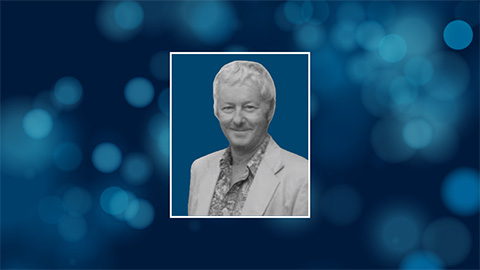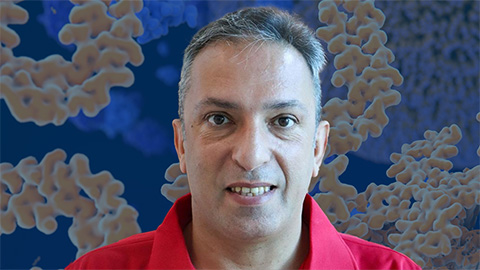McCarthy takes interim chair; Dean elected to Va. Academy; permanent post for Kadakia
McCarthy takes interim chair
Pumtiwitt McCarthy, an associate professor at Morgan State University, has been appointed interim chair of the university's chemistry department.

McCarthy, a glycobiologist, studies polysaccharide synthesis in bacterial capsules. She recently landed a grant with colleague James Wachira to study substrate selection by capsule polymerases, and she also is interested in developing vaccines that target the meningitis-causing bacteria Neisseria meningitidis.
McCarthy earned her Ph.D. in biochemistry in 2009 at the University of Delaware, studying oxidative protein folding. She worked as a postdoctoral fellow at the Food and Drug Administration Laboratory of Bacterial Polysaccharides before joining Morgan State in 2013.
Dean elected to Virginia Academy
Dennis Dean, a distinguished professor of biochemistry and founding director of the Fralin Life Sciences Institute at Virginia Tech, has been elected a member of the Virginia Academy of Science, Engineering and Medicine.

A member of the Virginia Tech faculty since 1985, Dean earned his Ph.D. from Purdue University College of Science in 1979 and was a predoctoral and postdoctoral fellow at the National Institutes of Health. At Virginia Tech, he has served as executive director of the Virginia Bioinformatics Institute and interim vice president for research and innovation.
Research in Dean’s lab’s focuses on the mechanism for biological nitrogen fixation and the biological pathways for assembly of simple and complex metalloclusters. His group developed a combined biochemical–genetic approach to identify where substrates interact with nitrogenase, the biological catalyst of nitrogen fixation.
Dean has served on the editorial board for the Journal of Biological Chemistry and as a member of the American Society for Biochemistry and Molecular Biology Publications Committee. He is a fellow of the American Academy of Microbiology and the American Association for the Advancement of Science.
He is one of five people who were elected to membership in the academy in fall 2021.
Permanent post for Kadakia
Madhavi Kadakia, who has been serving as interim vice provost for research and innovation at Wright State University since July 2021, has been appointed to the position permanently. She will be responsible for strategic partnerships, such as one with the nearby Wright–Patterson Air Force Base.

Wright State provides interns and jobseekers to Wright–Patterson, and the university frequently receives research grants from the federal government.
Kadakia, previously chair of the department of biochemistry and molecular biology, studies the tumor suppressor protein p63. Her research has focused on an N-terminally truncated protein isoform that is most highly expressed in epithelial tissue. Kadakia’s group has described microRNAs and coding transcripts that p63 affects.
Kadakia earned a Ph.D. in infectious disease and microbiology from the University of Pittsburgh. She has been on the faculty at Wright State since 2002 and was promoted to full professor in 2013.
Enjoy reading ASBMB Today?
Become a member to receive the print edition four times a year and the digital edition monthly.
Learn moreGet the latest from ASBMB Today
Enter your email address, and we’ll send you a weekly email with recent articles, interviews and more.
Latest in People
People highlights or most popular articles

Mydy named Purdue assistant professor
Her lab will focus on protein structure and function, enzyme mechanisms and plant natural product biosynthesis, working to characterize and engineer plant natural products for therapeutic and agricultural applications.

In memoriam: Michael J. Chamberlin
He discovered RNA polymerase and was an ASBMB member for nearly 60 years.

Building the blueprint to block HIV
Wesley Sundquist will present his work on the HIV capsid and revolutionary drug, Lenacapavir, at the ASBMB Annual Meeting, March 7–10, in Maryland.

In memoriam: Alan G. Goodridge
He made pioneering discoveries on lipid metabolism and was an ASBMB member since 1971.

Alrubaye wins research and teaching awards
He was honored at the NACTA 2025 conference for the Educator Award and at the U of A State and National Awards reception for the Faculty Gold Medal.

Designing life’s building blocks with AI
Tanja Kortemme, a professor at the University of California, San Francisco, will discuss her research using computational biology to engineer proteins at the 2026 ASBMB Annual Meeting.
